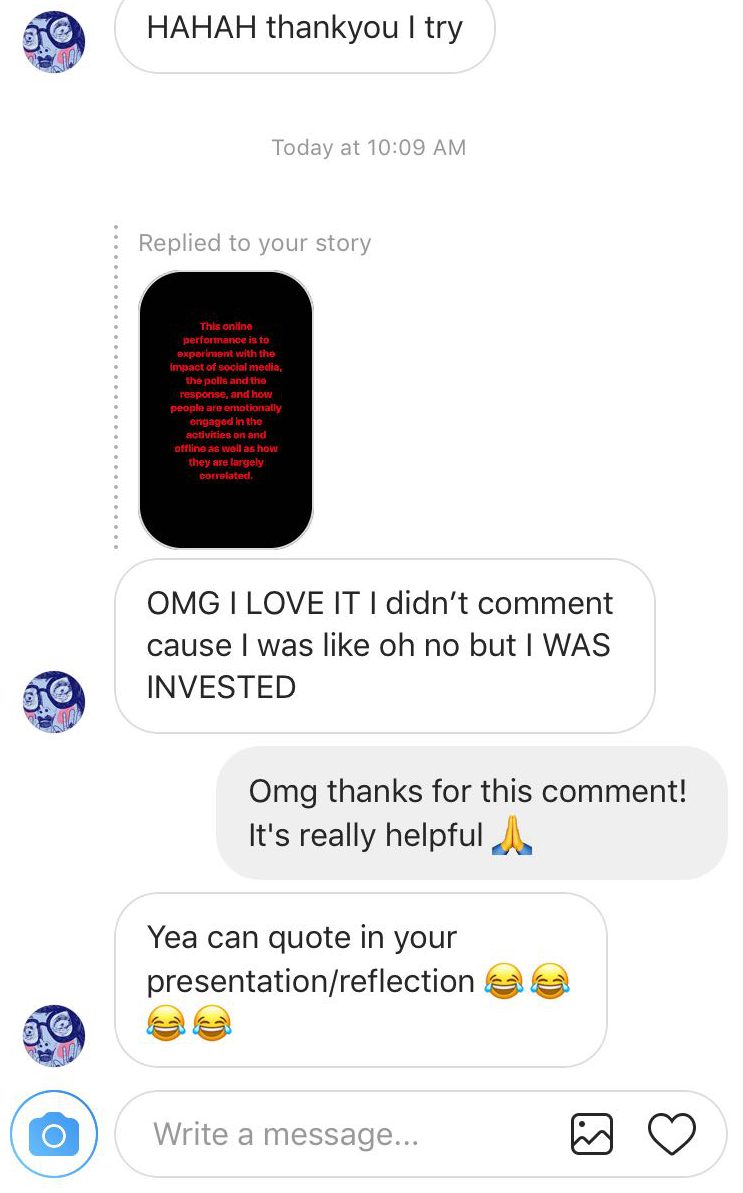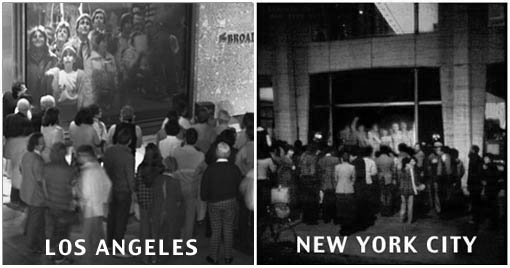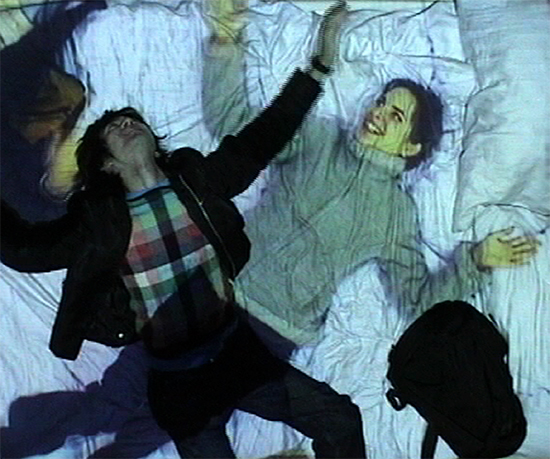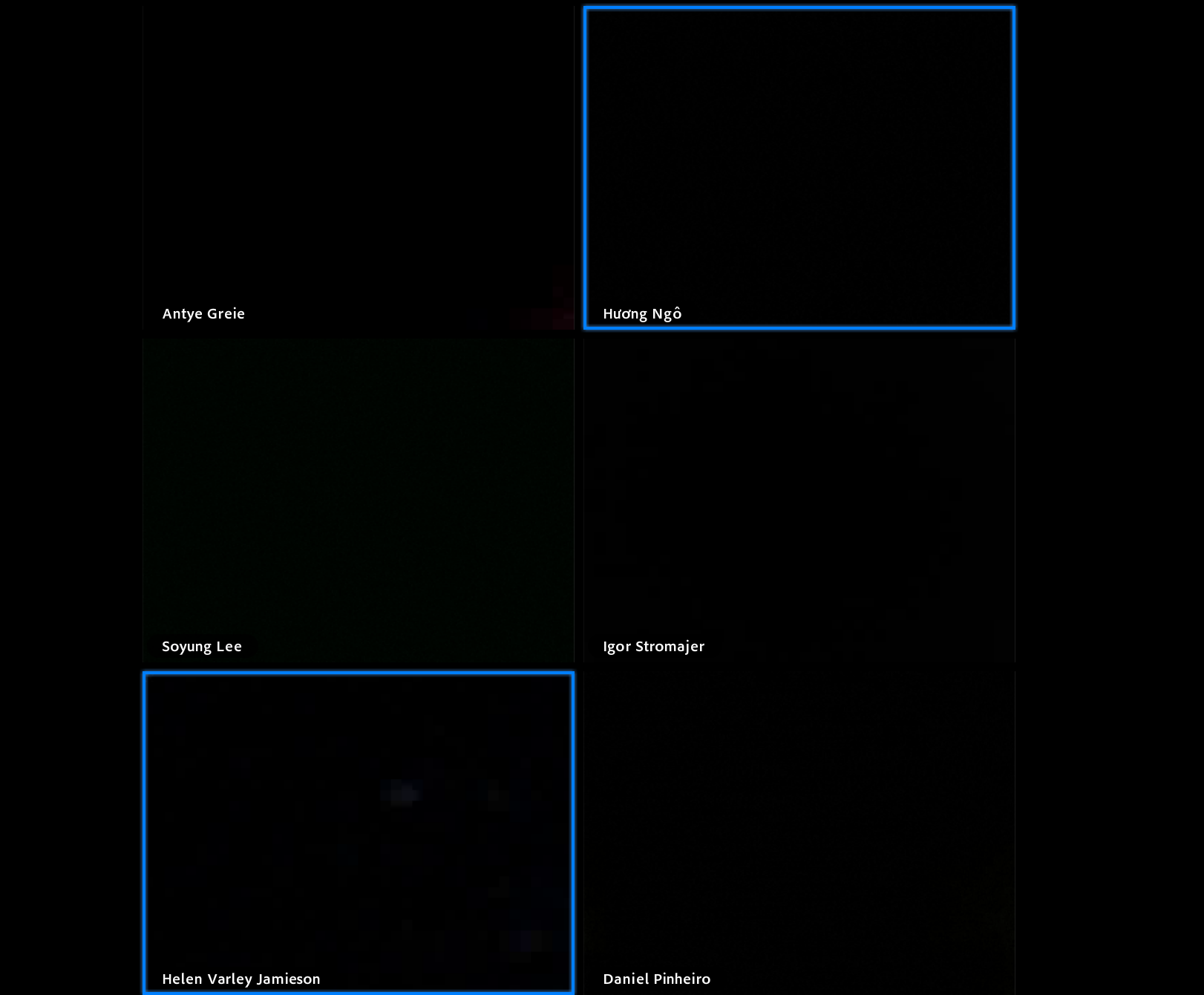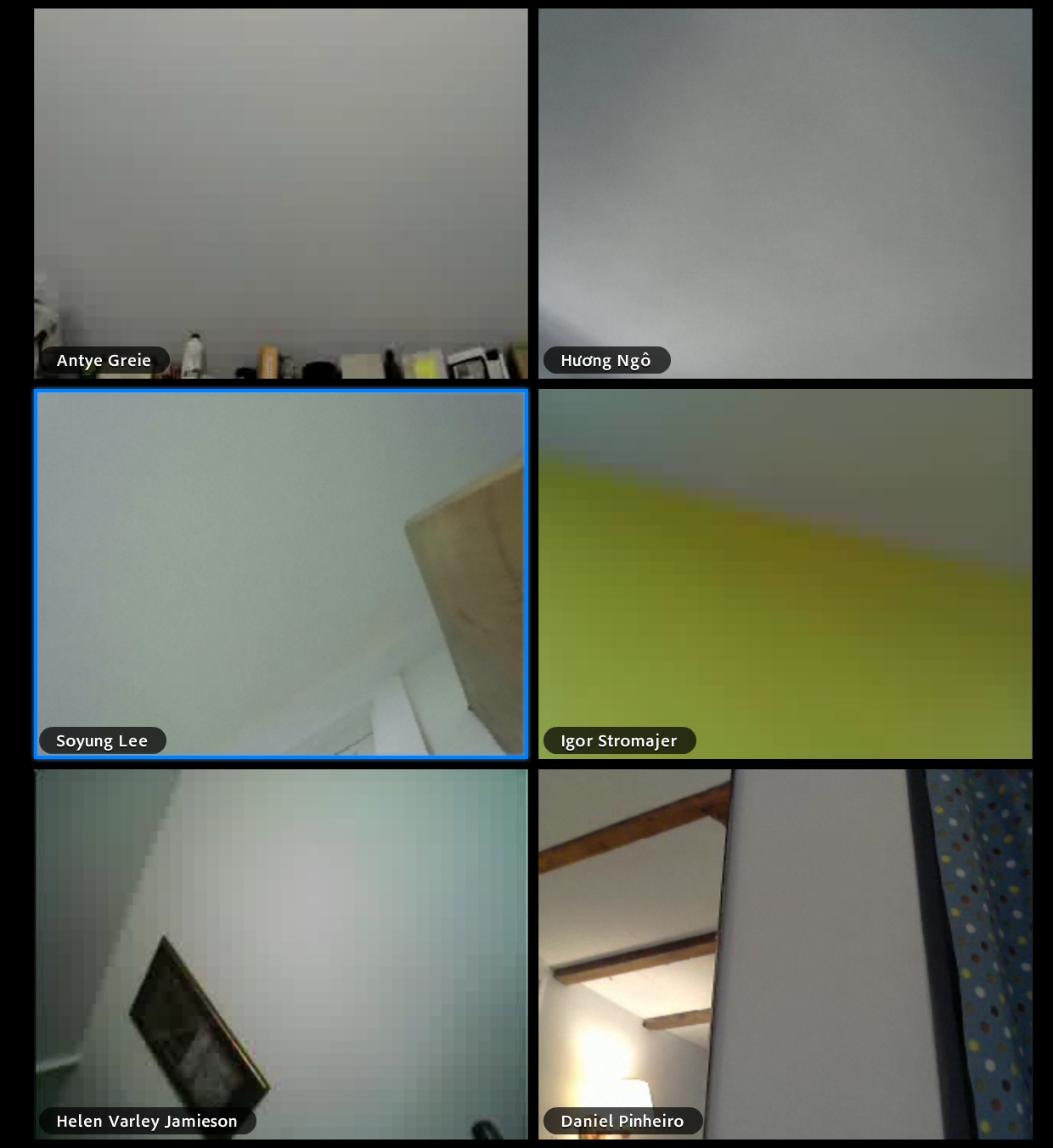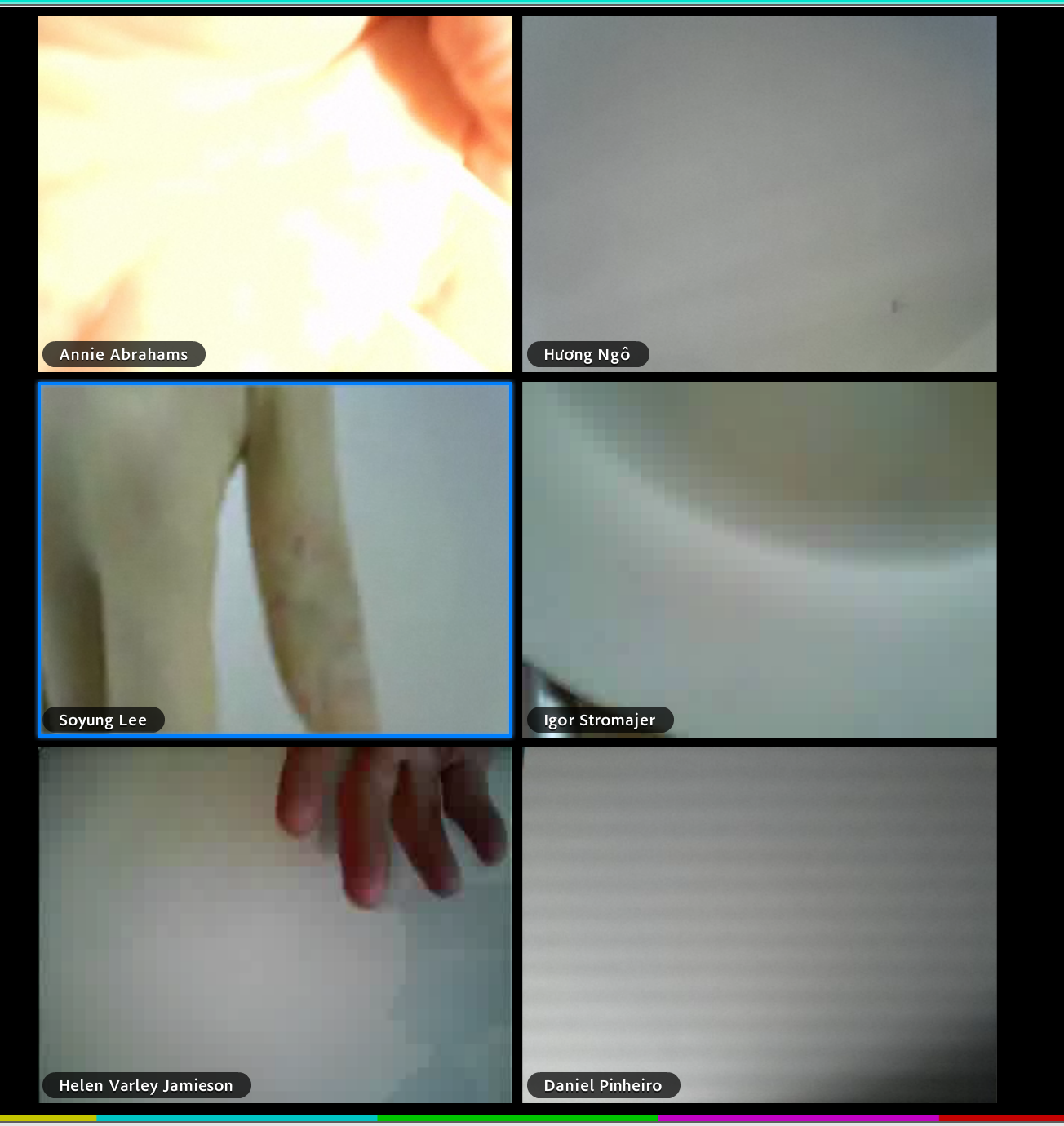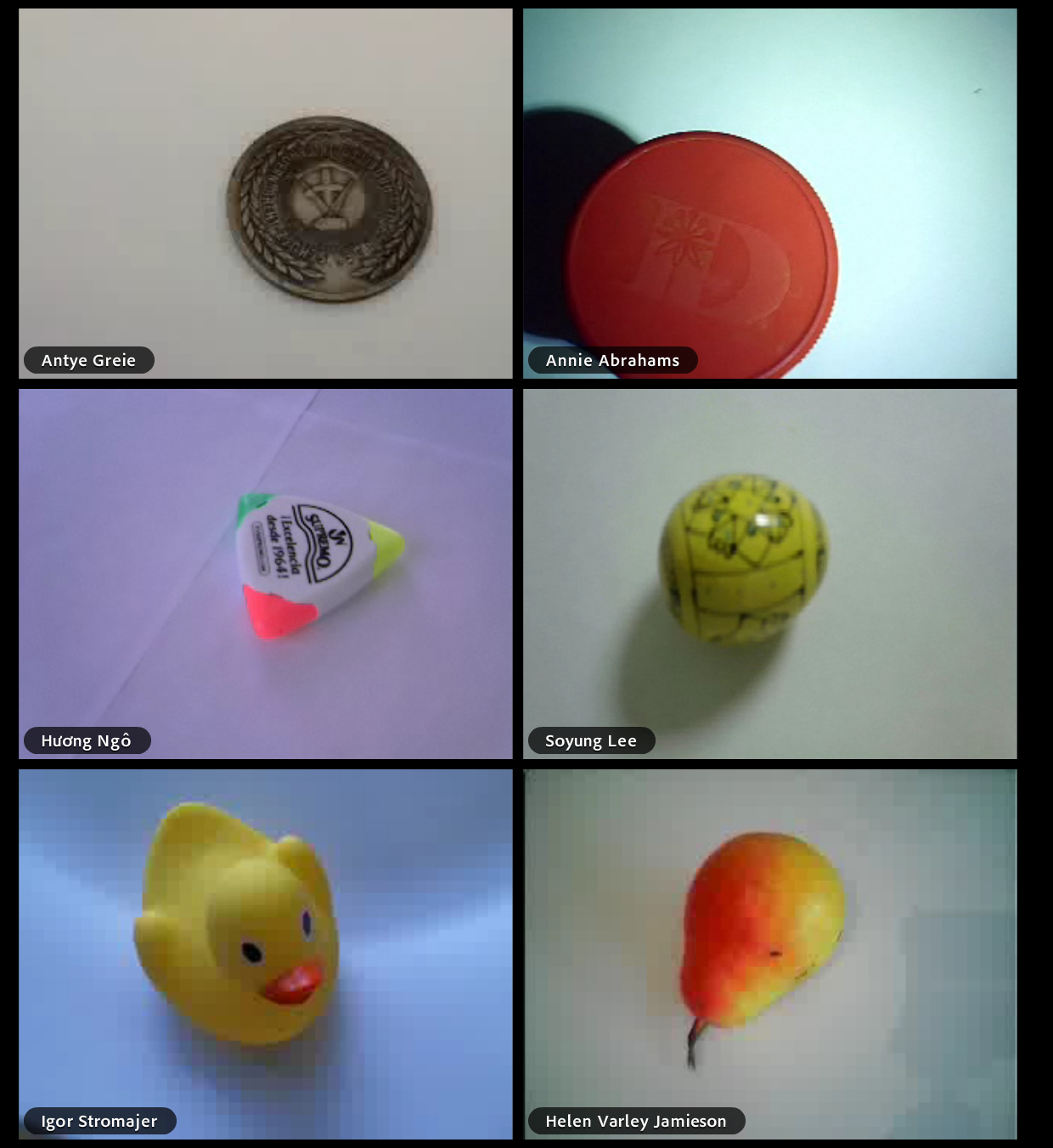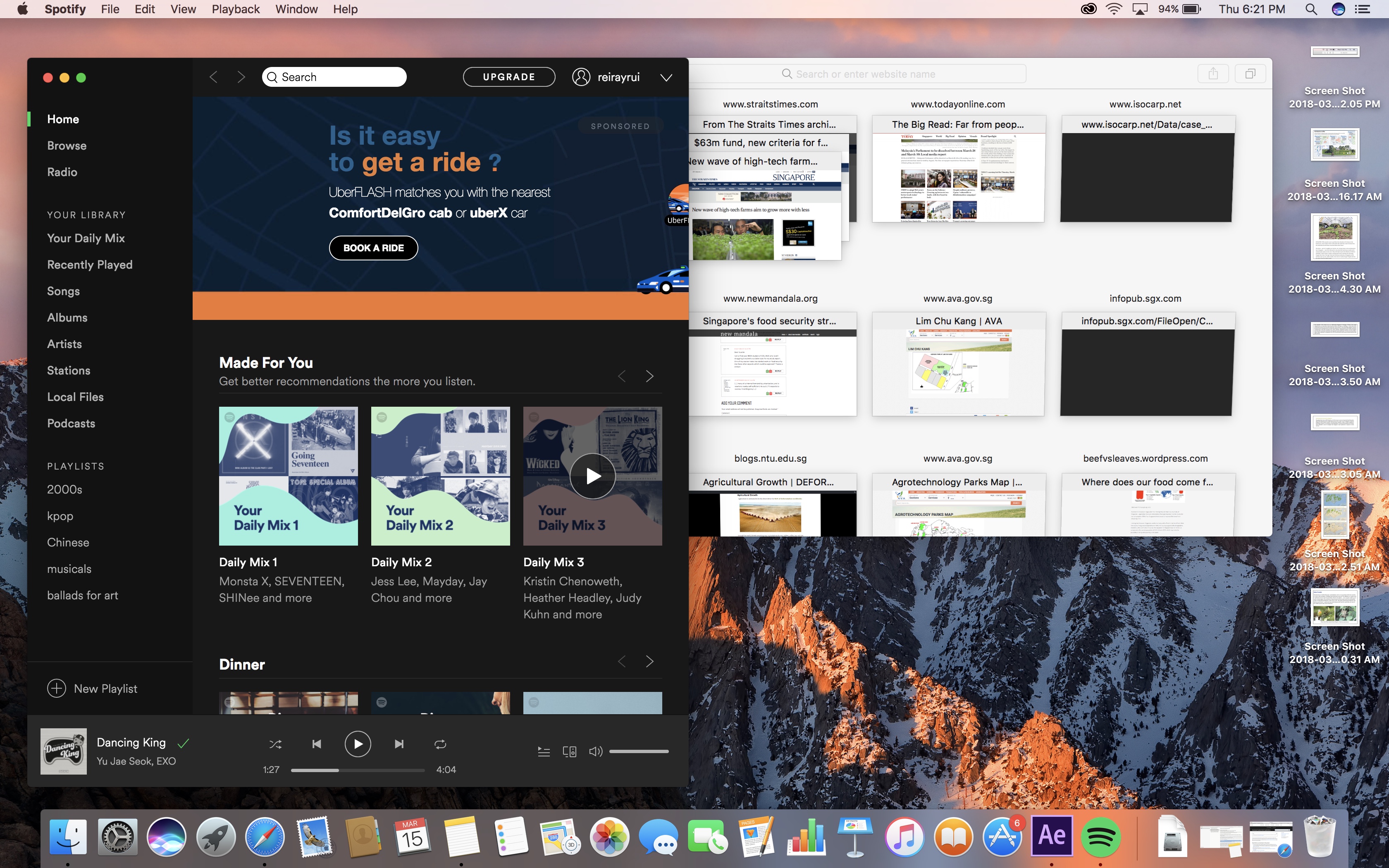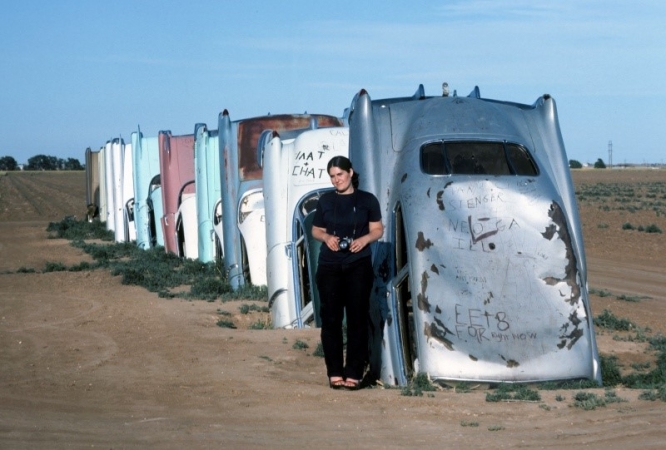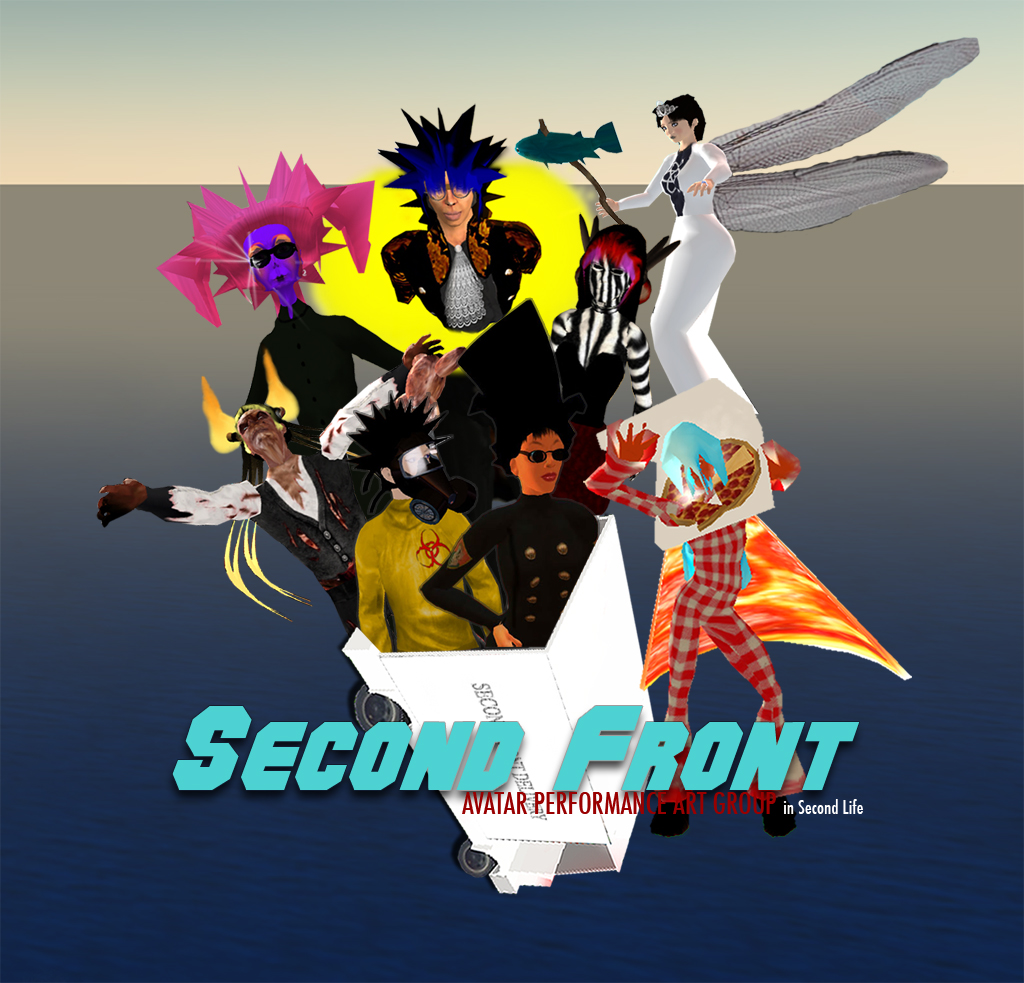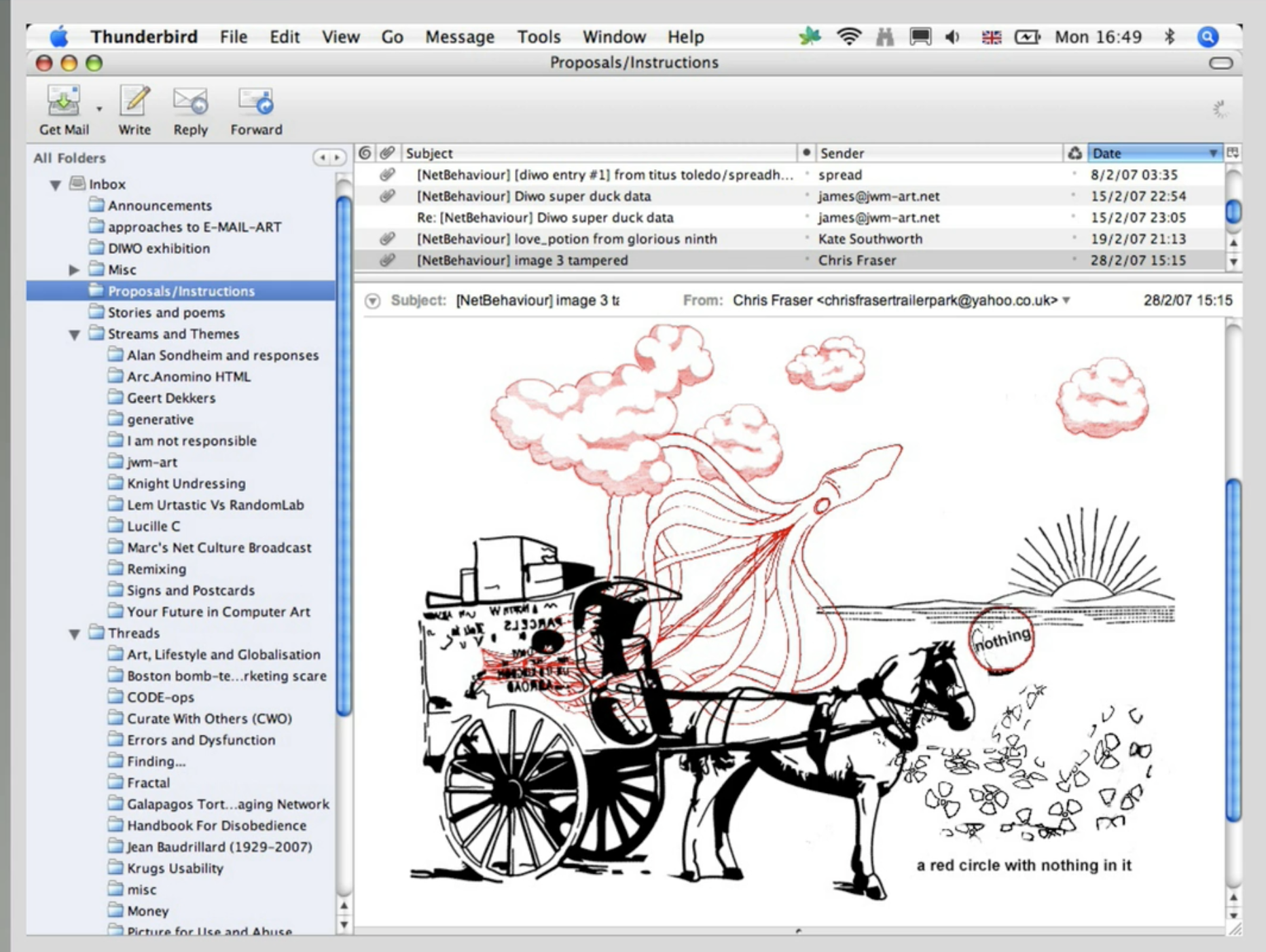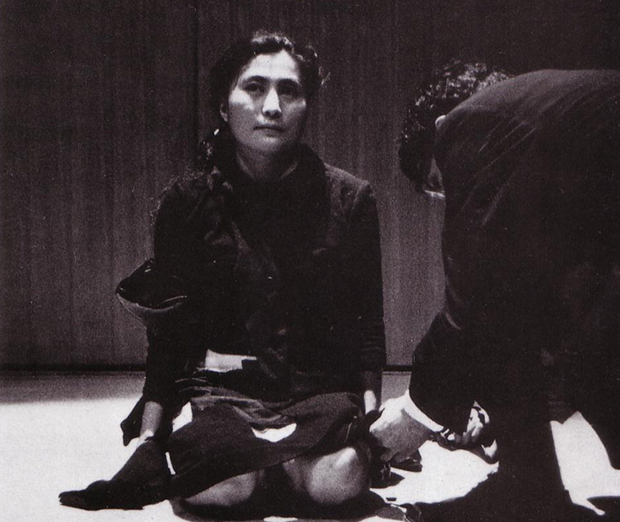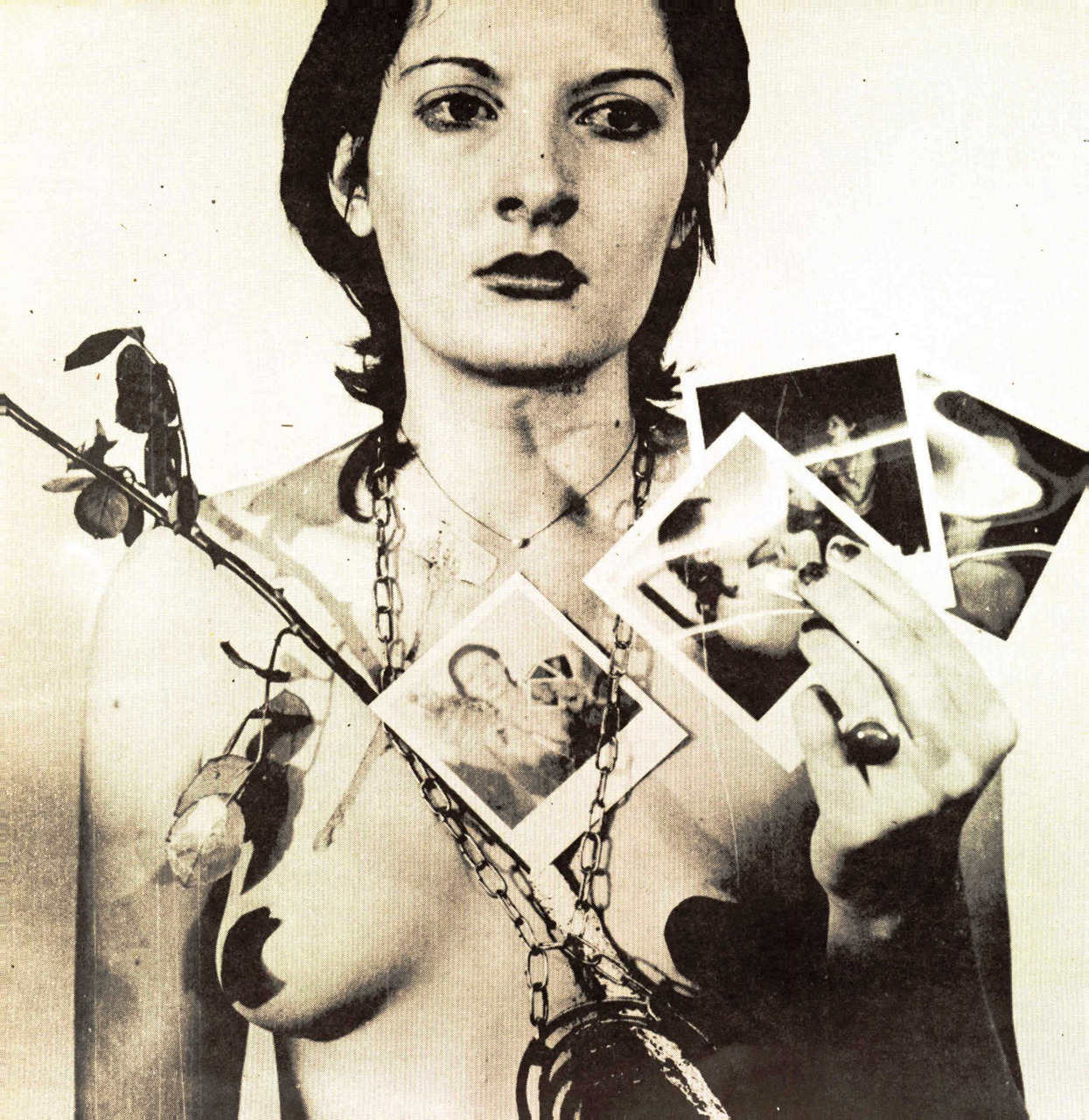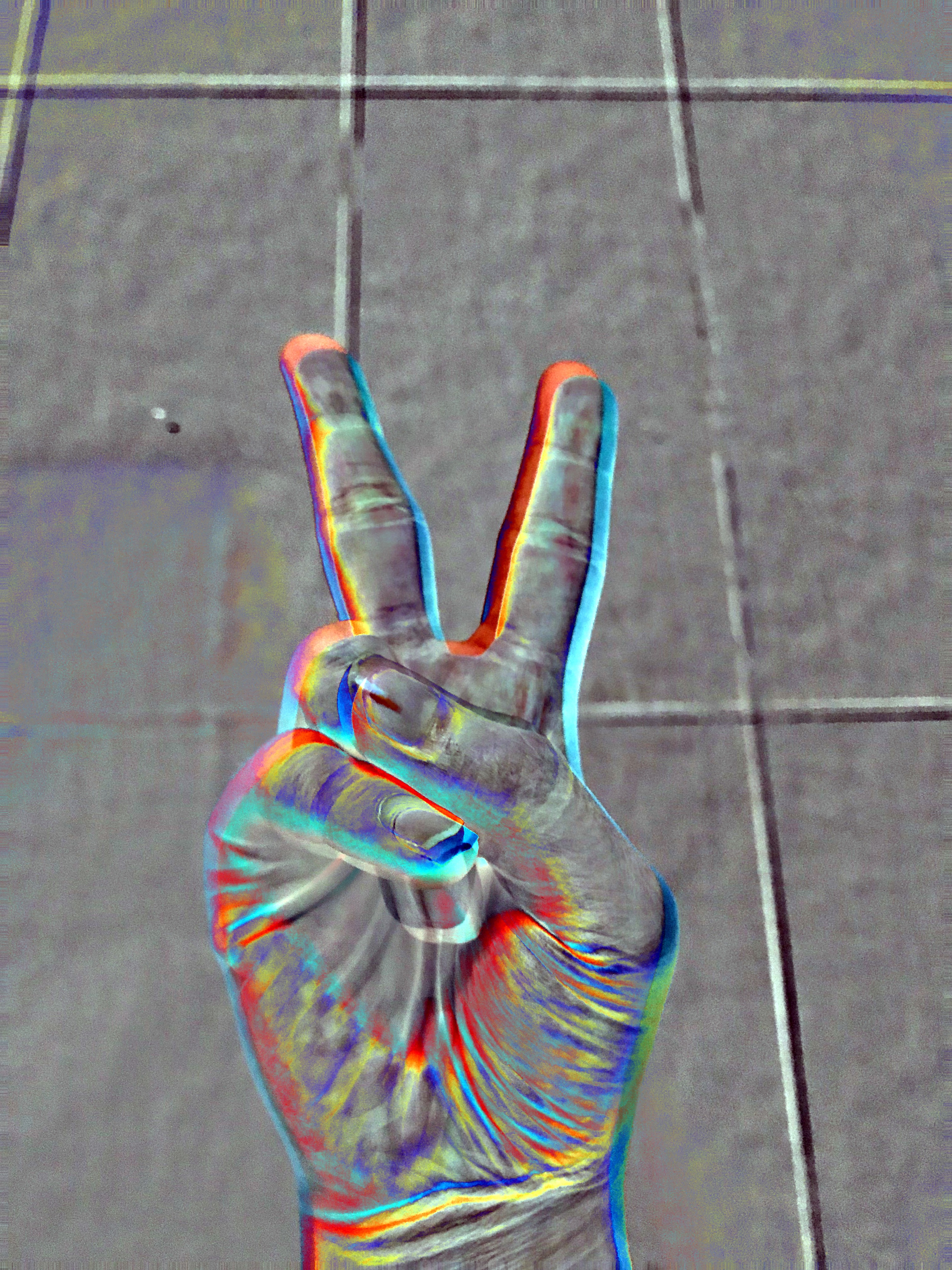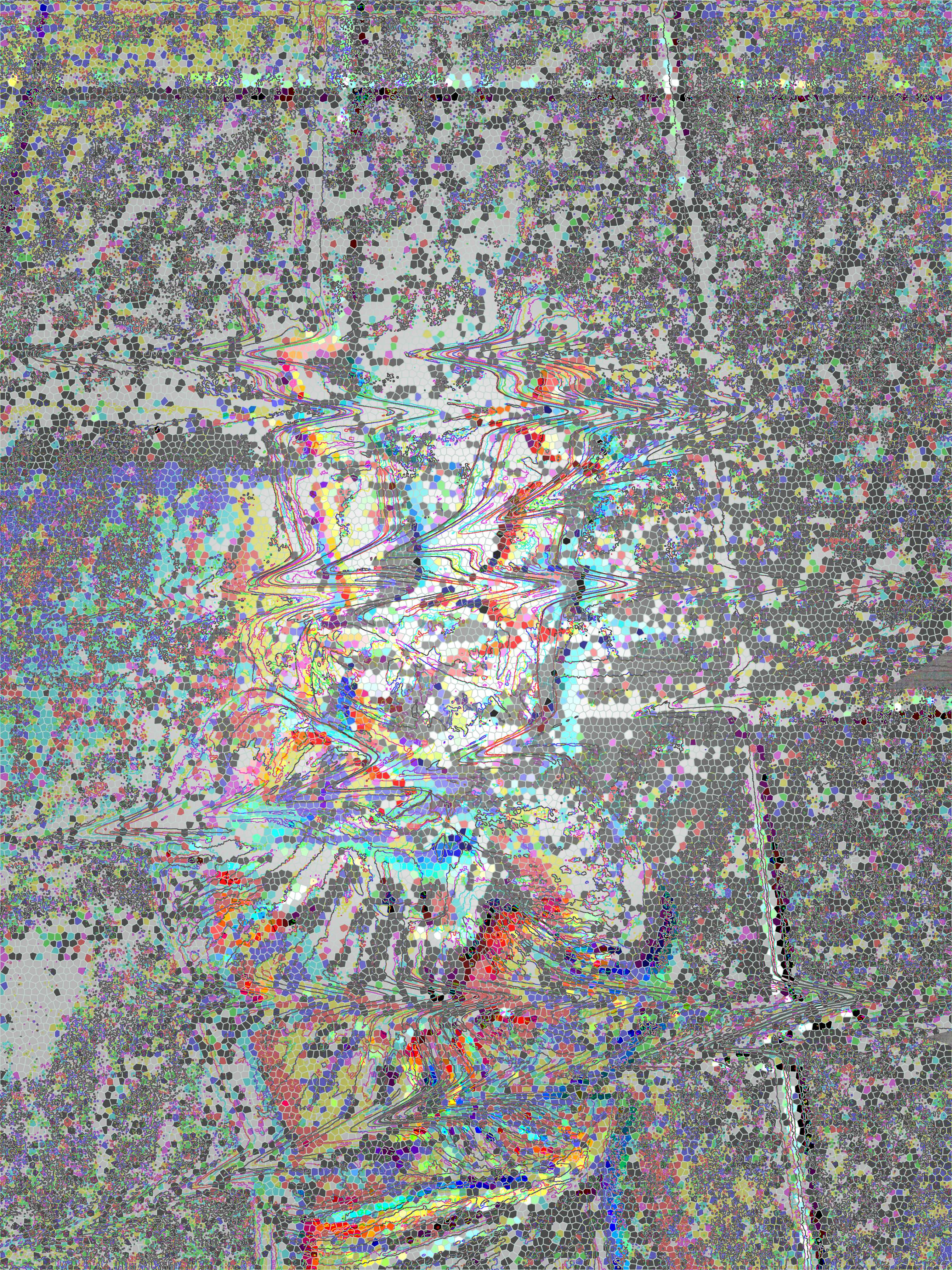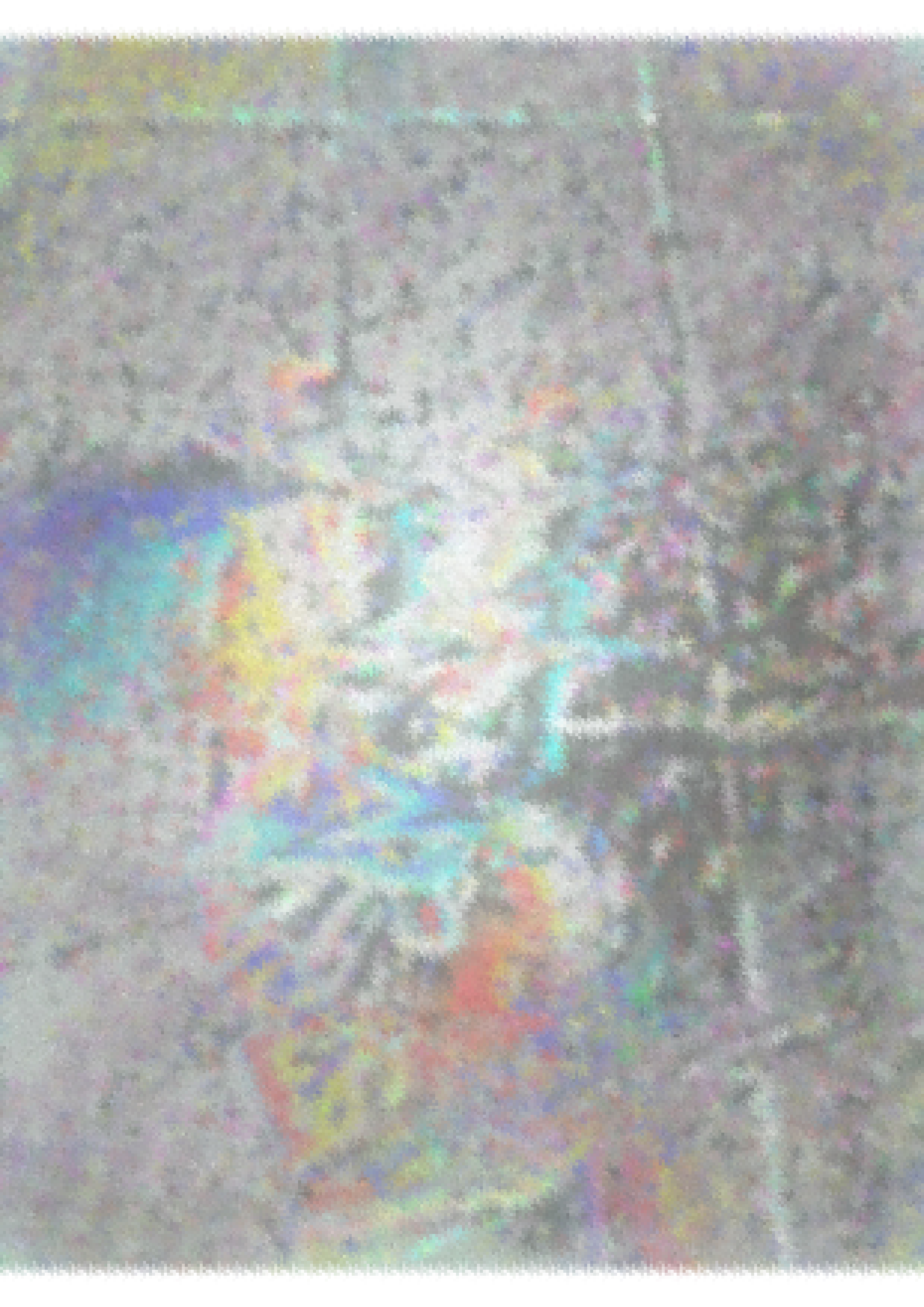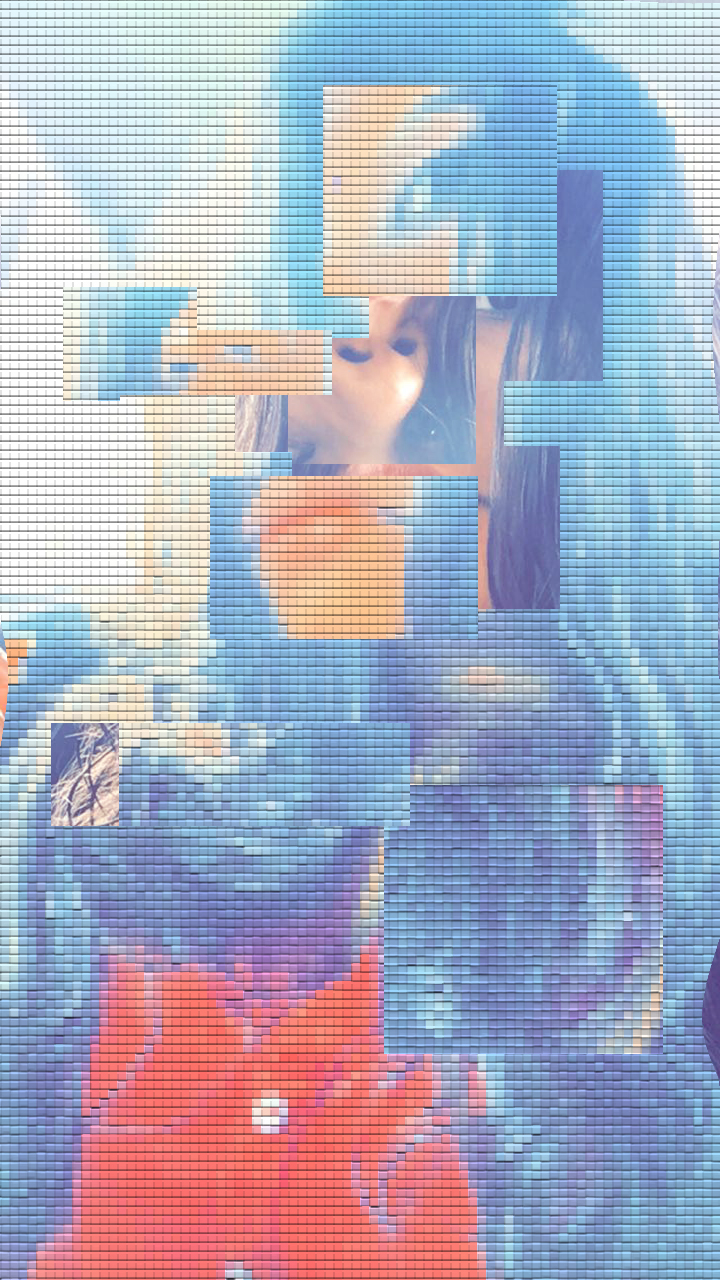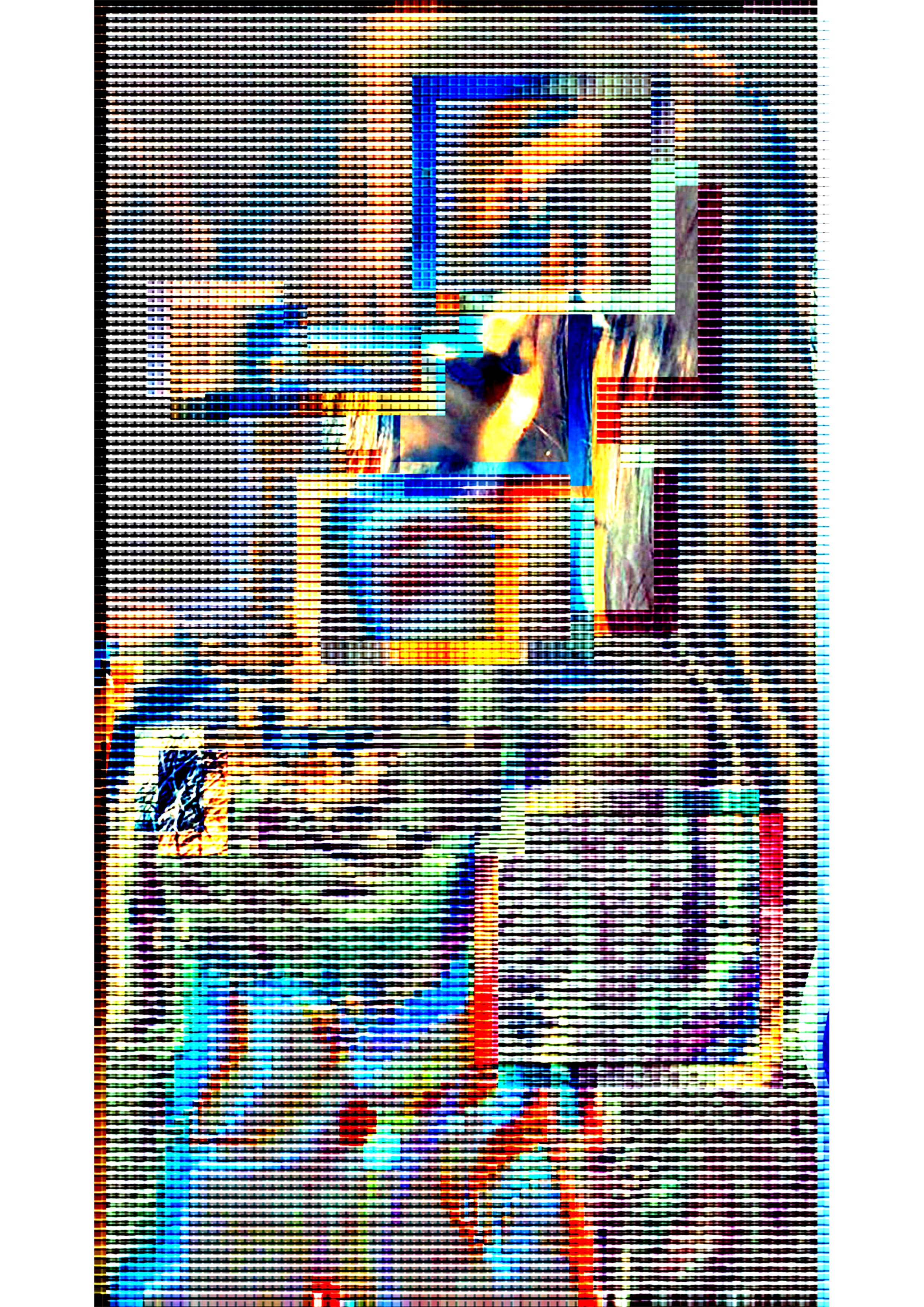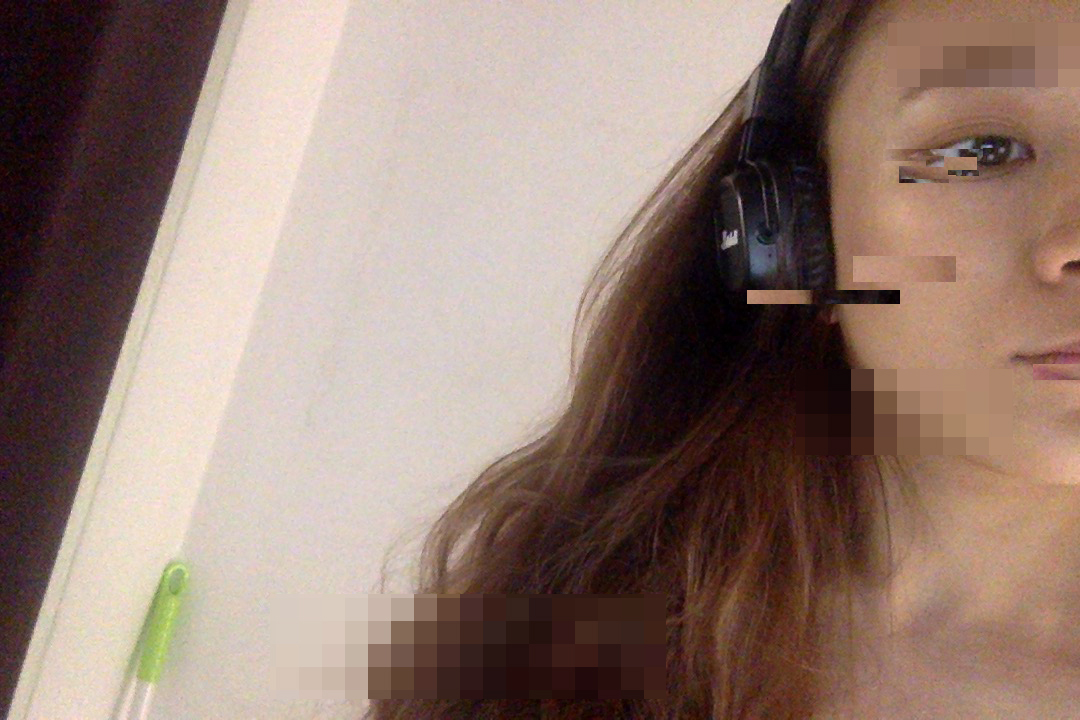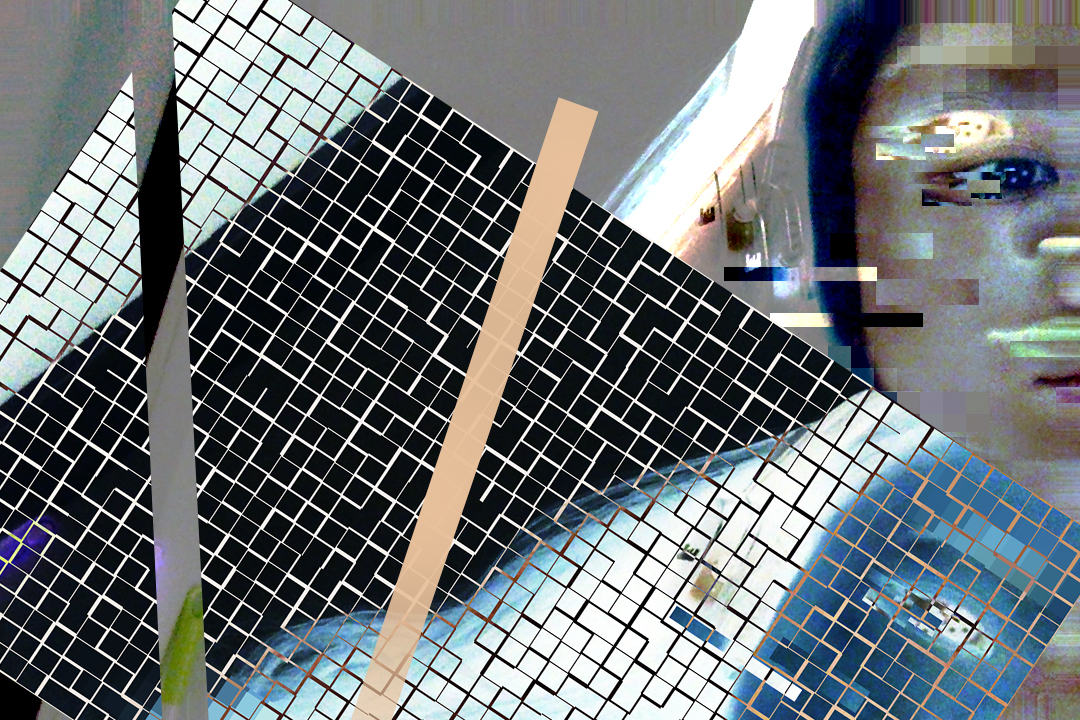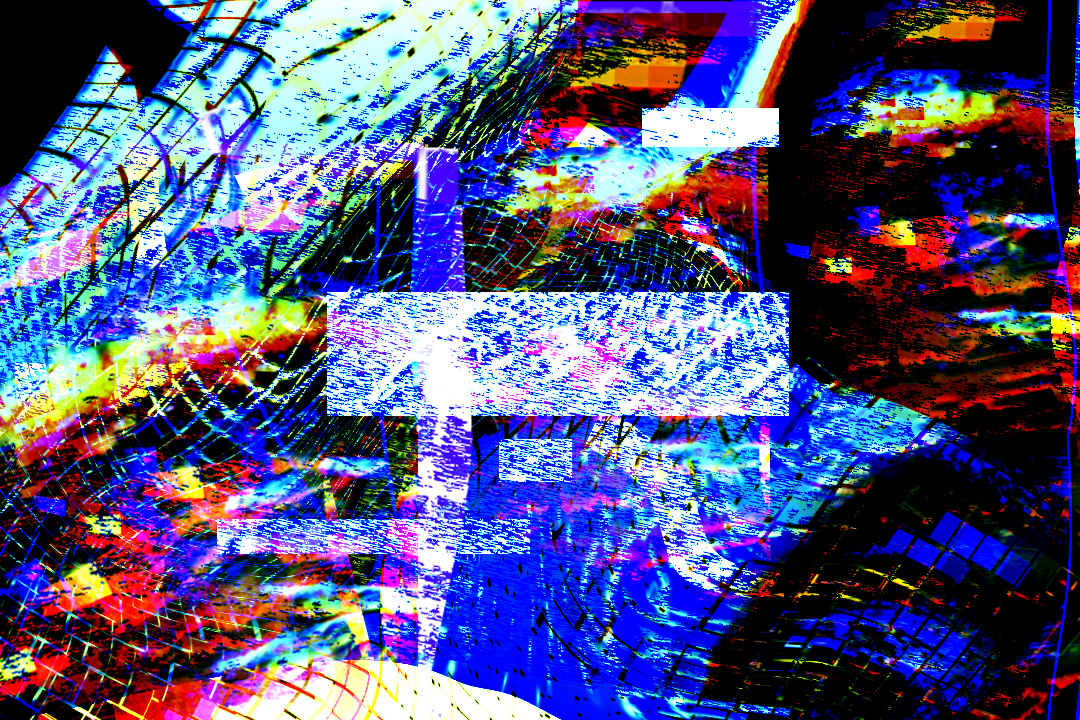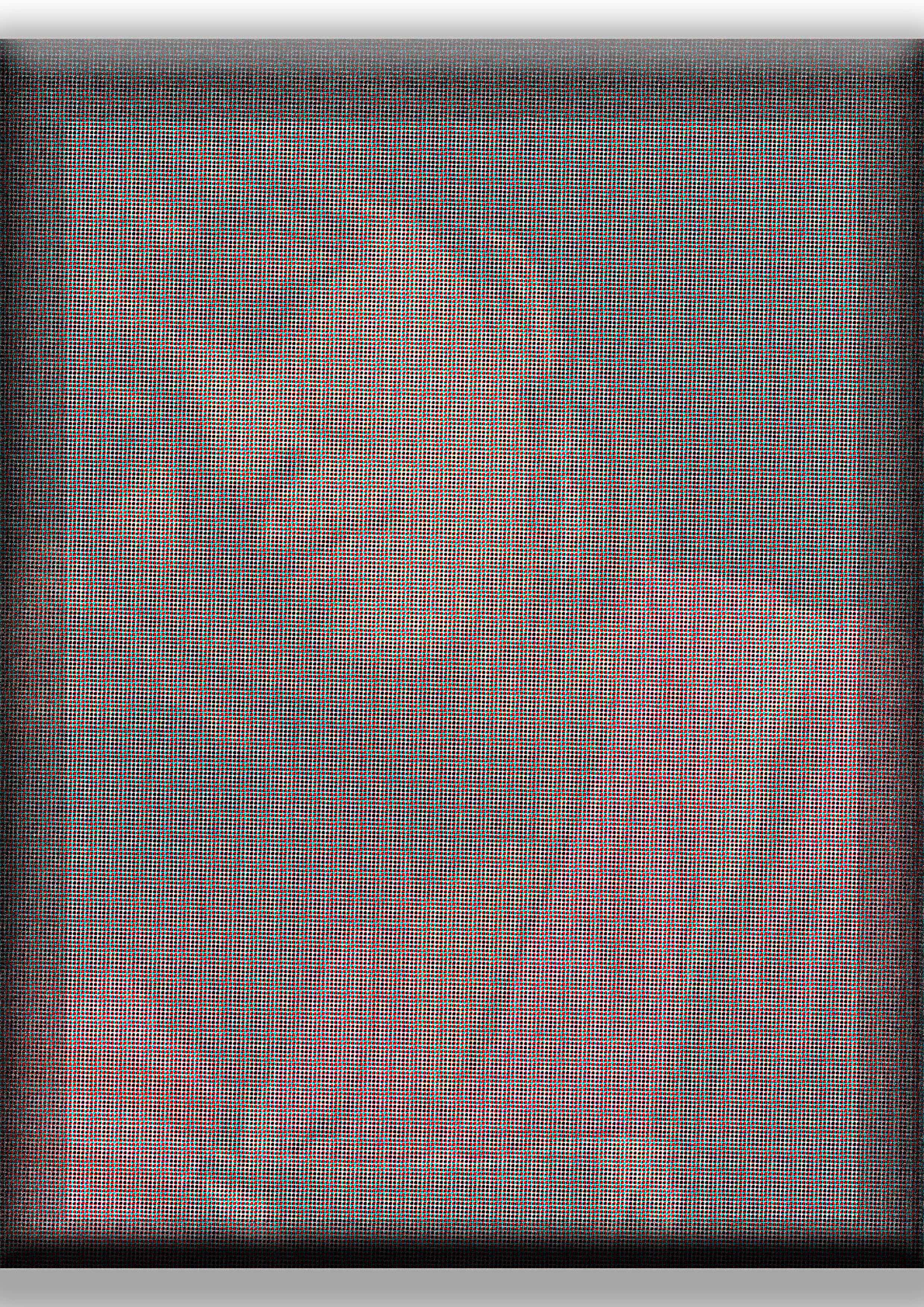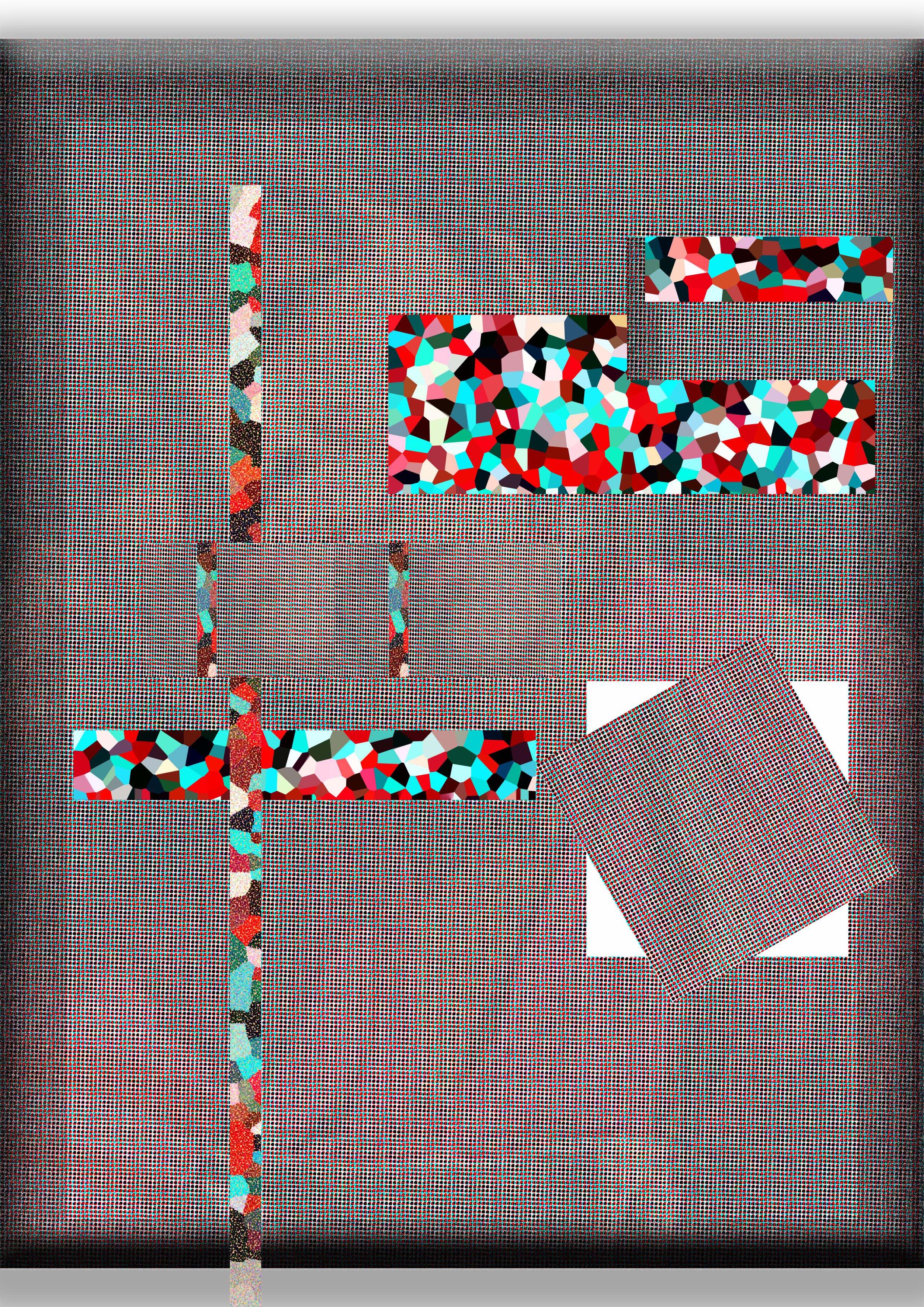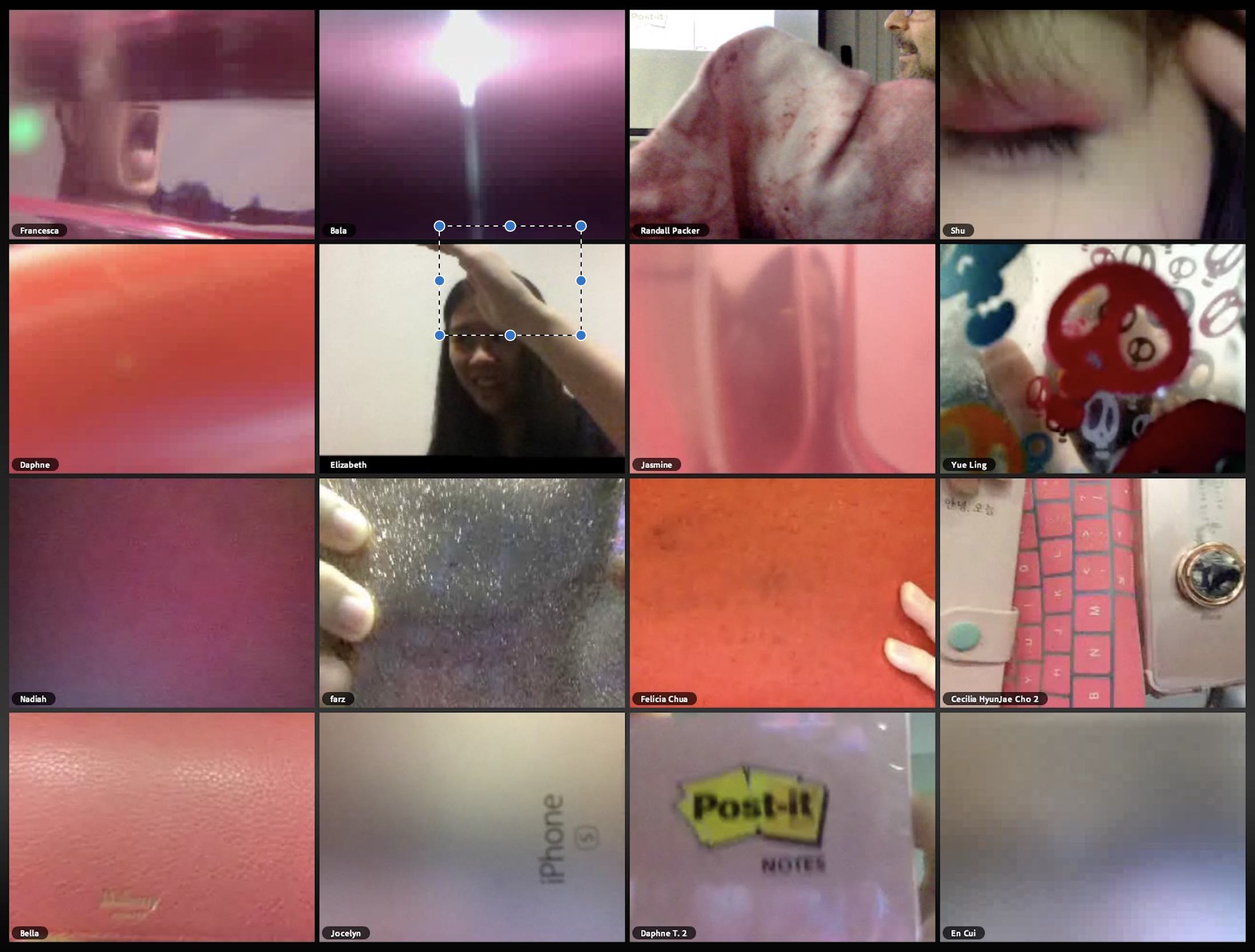Project brief:
A Third Space Fallacy is an experimental interaction performance on third and first space that combines the responses collated on the third space through Instagram polls and stories to curate the next move in a friendship conflict between two girls (Bella and Daphne). To make the entire performance as real as possible, both girls had to put up an act in the span of 1 week in the first space, when questions arises from the people around them. Also, to stage that this is not part of our project for Experimental Interaction, our group have created another Instagram account @abracadabrrun, collating uninformed decisions made by our followers, which is part of the narrative of the death of Bella.
How it came about
Our group wanted to explore how people reacted to news and how easily was it for us to manipulate people feelings through social media. So we set the premise about a fight between two girls regarding their friendship. (we did consider relationship drama, but we felt that it was too cliche)
Introducing our main leads
We decided to go with Daphne and Bella account for this project, due to their frequent use of the app. Both me and Jasmine, rarely post on social media and this may raise suspicions on doing a project. In addition, this is fuelled by our goal of carrying out this experiment, without anybody suspecting that it was a experimental interaction project. This allowed us to collate unbiased data. Bella played the role of the victim, while Daphne played the bully.
Their background story:
Daphne and Bella met in secondary school in a Chinese writing competition. They clicked and immediately became best friends. however later in the semester, Daphne left and bullied Bella to join the popular clique. Years later they met in ADM. Having no friends, Daphne stuck along with Bella for the first few months before abandoning Bella again for the popular clique. Upset over the dysfunctional friendship, Bella calls out Daphne over Instagram, creating a drama.
The execution:
We decided to post over a period of 4-5 days to build up the tension and the drama. In addition, we allowed our followers to takeover the narrative of the project. The direction of the project, the tone and the result of the two friends friendship is all determined by the poll results and comments.


Bella begins questioning her friendship with Daphne and ask if for advise, if she should confront Daphne. Following the poll, Bella begins confronting Daphne.

So Daphne sees Bella’s instastory. and indirectly poked at Bella calling her sensitive.


The next few post are targeted at brewing drama Daphne and Bella

With this poll we aimed at bring the drama to Jurong Point, where Bella confronts Daphne heatedly.
 When we head to Jurong point, Bella and Daphne roughly planed out a script and the direction that they were going.
When we head to Jurong point, Bella and Daphne roughly planed out a script and the direction that they were going.

With Daphne leaving Bella hanging in JP, with the final words of just Gert out of my life, Bella couldn’t contain her sadness and died.
Reflections:
Through this project, I realised how scary social media can be as a tool to convince people. It was so easy to construct a fake personality and get people to belief it. The characters that we built for both Daphne and Bella were a far cry from their usual personality. Through out the course of the project, they received many concerned comments from friends and even strangers. When Daphne visited her church during the weekends, she was comforted by her church friends and group leaders. Apparently many were connived and so invested in our project, that they were afraid to respond to the polls.
